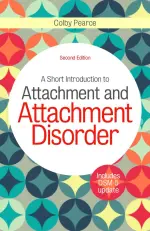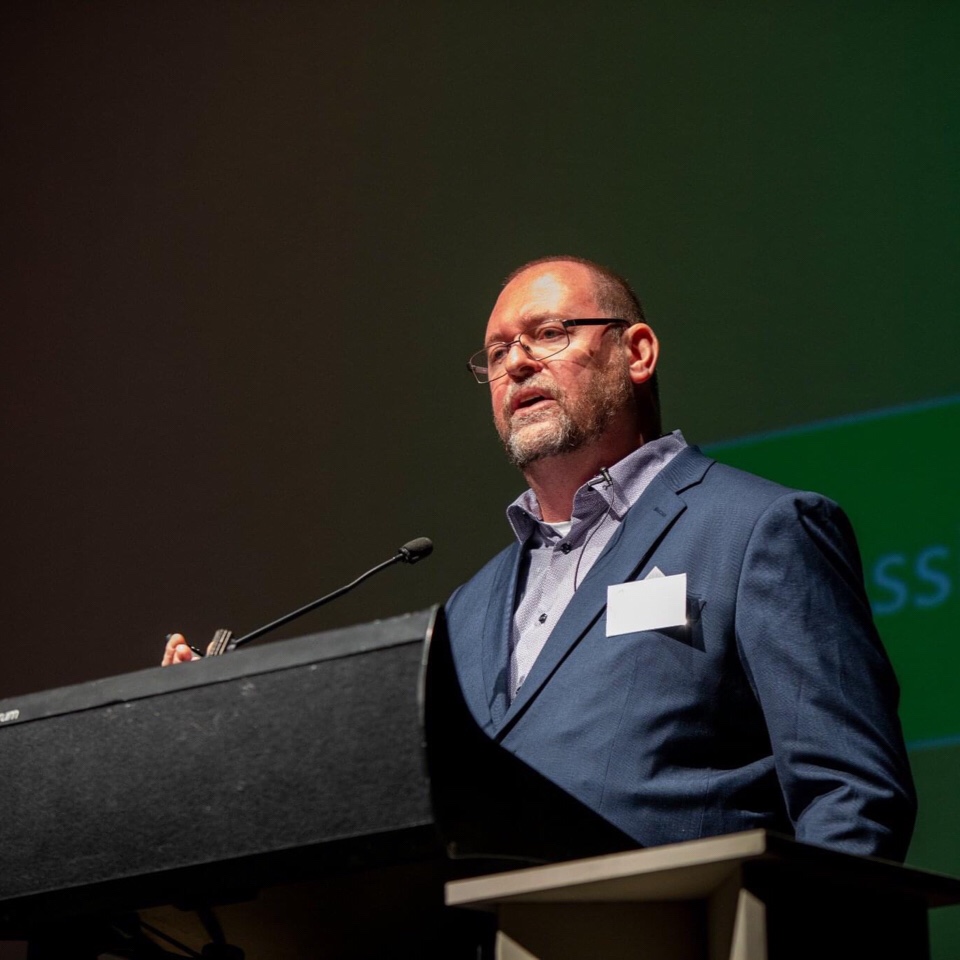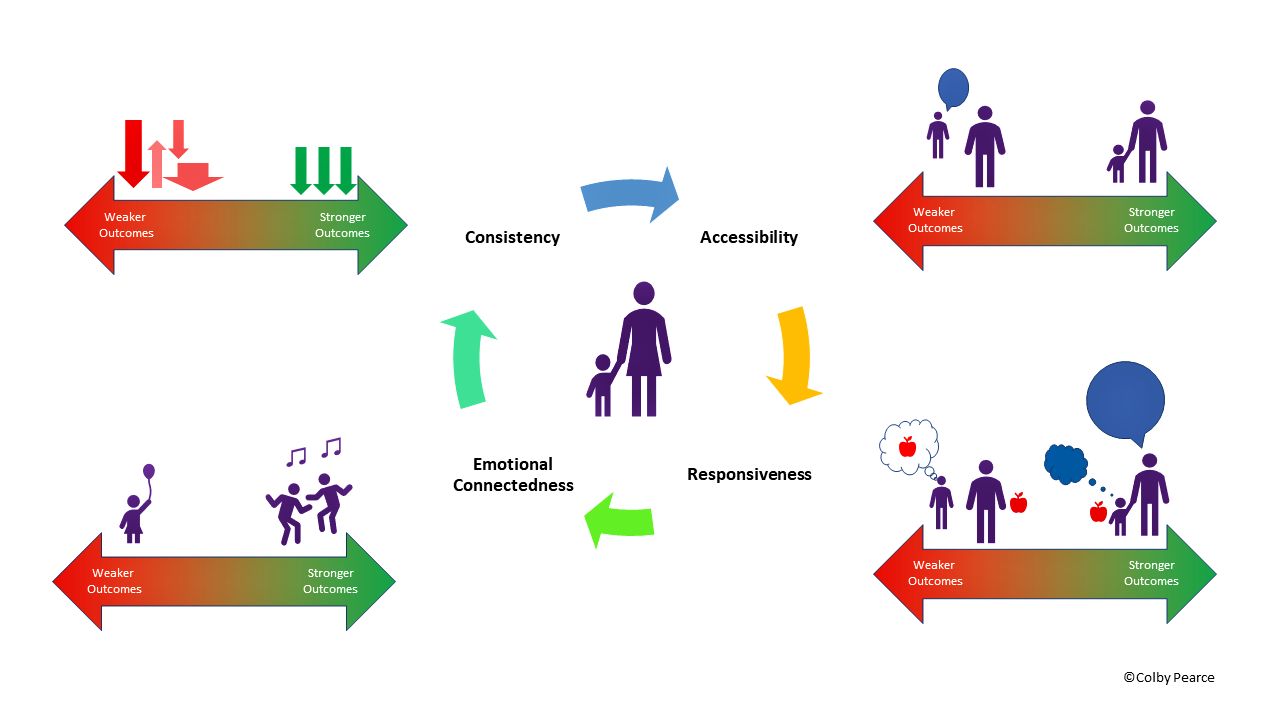What outcomes do you expect to see as a result of my service provision?
This is a question I routinely ask in my work. Put another way:
- What are the benefits the individual(s) or organisation who engages my services anticipate that they will see and experience?
- What will success in our joint endeavours look like?
- How will you know that my involvement has made a positive difference?
These are, perhaps, the fundamental questions that get at the hopes of the engaging entity.
Yet, I have found that these are some of the most difficult questions for the engaging entity, be that a parent or other caregiver, a representative of a school, or a representative of child welfare organisation, to answer.
In straightforward terms, it has been my experience that engaging entities find it very difficult to express what successful outcomes look like.
Why might this be the case? The answer lies, in part, in what we typically attend to as we negotiate our lives and our roles.
Humans are, first and foremost, problem solvers. Problem solving has allowed us to successfully negotiate a myriad of challenges and successfully adapt to our living conditions through history and in our contemporary world. As an illustration of this, when I show the image below during training or supervision, and ask my audience what is the first thing they notice, they almost invariable identify the simple maths equation that is incorrect, in the bottom left corner. No-one, and I have been using this graphic for several years, has ever said that nine of the equations are correct.

No-one has ever said that nine of the equations are correct.
We instinctively notice problems and are very good at saying what they are. We are also very successful, as a species, in solving them, However, in my experience working in child welfare and psychology service provision in this field, where problems abound, there is a manifest difficulty in being able to say what a good outcome of an intervention or process looks like.
The danger here lies in missing the evidence of success in our endeavours. Why? Because child welfare work can be overwhelming. If we miss the evidence of our successes and focus selectively on problems to solve, we are vulnerable to feeling like a failure in our role, and give up. Further, as children and young people see themselves as they experience others to see them, our selective focus on problems results in them seeing themselves as a problem.
Even in writing this article I am guilty of the same selective attention to problems; in that the inordinate focus on problems is a problem!
We need to get better at knowing what success in our endeavours looks like; in responding to the questions posed at the beginning of this article. The knowing supports thinking which, in turn, supports noticing. The noticing supports self-efficacy and identification of effective interventions. Noticing progress and success supports a healthy self-image among children and young people who are recovering from a tough start to life.
During the Kinship CARE Project, which ran from 2018 to 2020 as a training initiative of Secure Start with support from the Department for Child Protection, South Australia, we collected data about a range of outcomes, from attendance data to satisfaction with the training and the like. However, perhaps the most heartening data was the proportion of participant kinship carers who reported feeling more confident in the role as a result of their participation in the Project.
Similarly, in the implementation of the Triple-A Model of Therapeutic Care in the TUSLA Fostering Service in Donegal, Ireland (soon to enter its eighth year of continuous implementation), the most heartening outcome is the longevity of the implementation, the sustained interest of local general and relative foster carers, and the extension to the implementation of a complementary training program in local schools over the last 18 months.
In my clinical work with children and young people who are recovering from a tough start to life I reflect particularly on the Triple-A Model and what positive outcomes in terms of attachment security, arousal modulation, and functional new learning about accessibility to needs provision look like, as reflected in the graphic below which is drawn from a number of my programmes:

In the next article in this series I will write about more what a secure attachment style looks like and, thereafter, about what a well-modulated nervous system looks like and what functional learning about access to needs provision looks like.
References:
Pearce, C.M. (2016) A Short Introduction to Attachment and Attachment Disorder (Second Edition). London, Jessica Kingsley Publishers
Pearce, C.M (2012). Repairing Attachments. BACP Children and Young People, December, 28-32
Pearce, C.M. (2011). A Short Introduction to Promoting Resilience in Children. London, Jessica Kingsley Publishers
Pearce, C.M. (2010). An Integration of Theory, Science and Reflective Clinical Practice in the Care and Management of Attachment-Disordered Children – A Triple A Approach. Educational and Child Psychology (Special Issue on Attachment), 27 (3): 73-86
Pearce, C.M. (2009) A Short Introduction to Attachment and Attachment Disorder. London, Jessica Kingsley Publishers











Pingback: What attachment security looks like | Attachment and Resilience
Pingback: Outcomes in child welfare: What a well-modulated nervous system looks like | Attachment and Resilience
Pingback: Child welfare intervention outcomes: what does trust in the accessibility and responsiveness of adults look like? | Attachment and Resilience